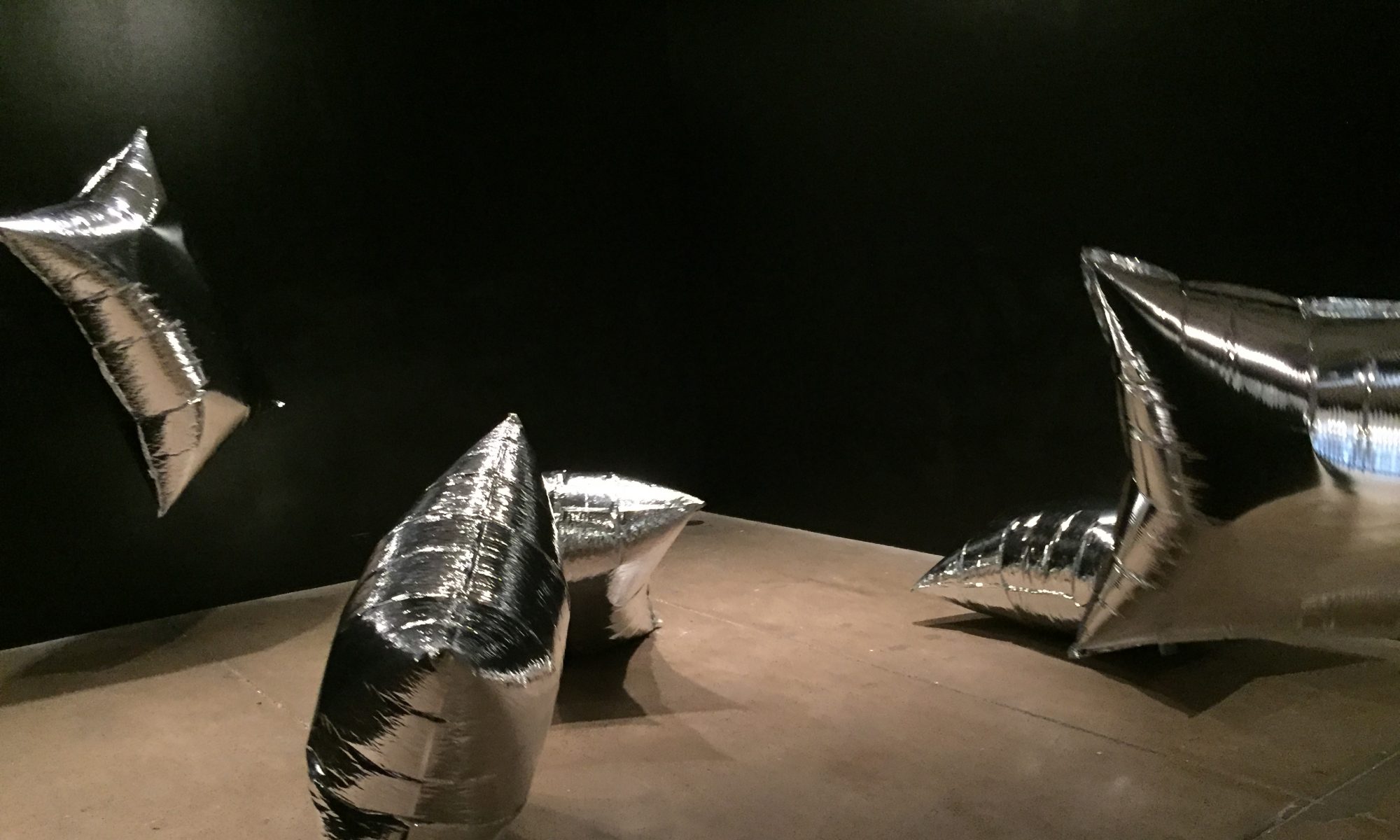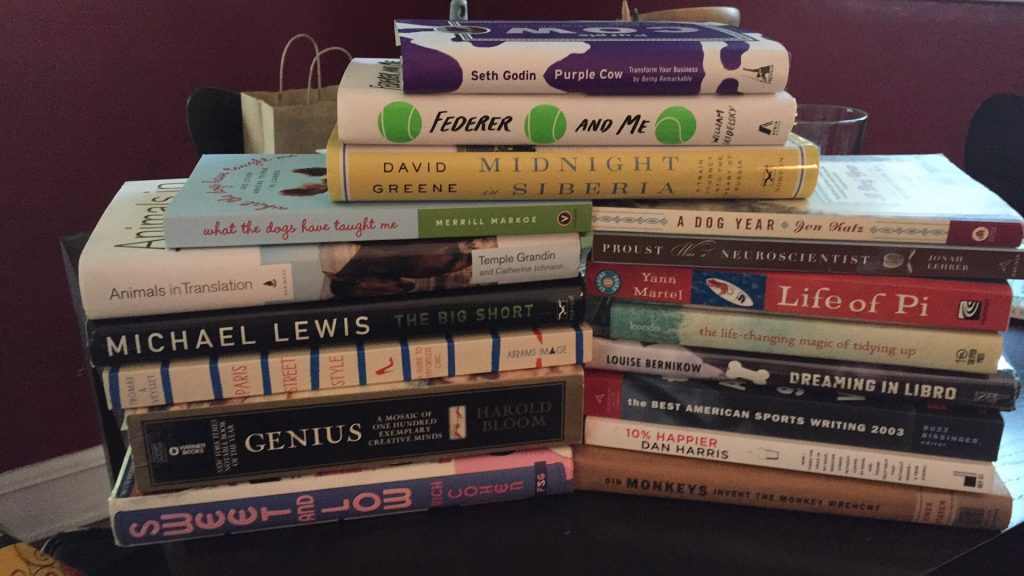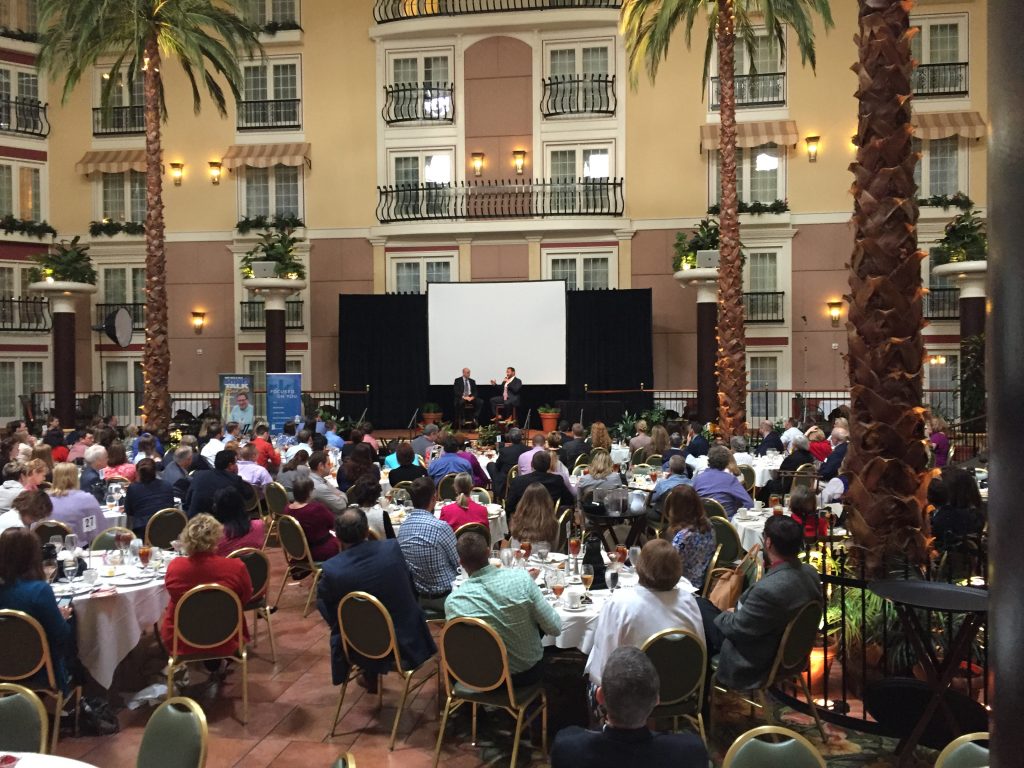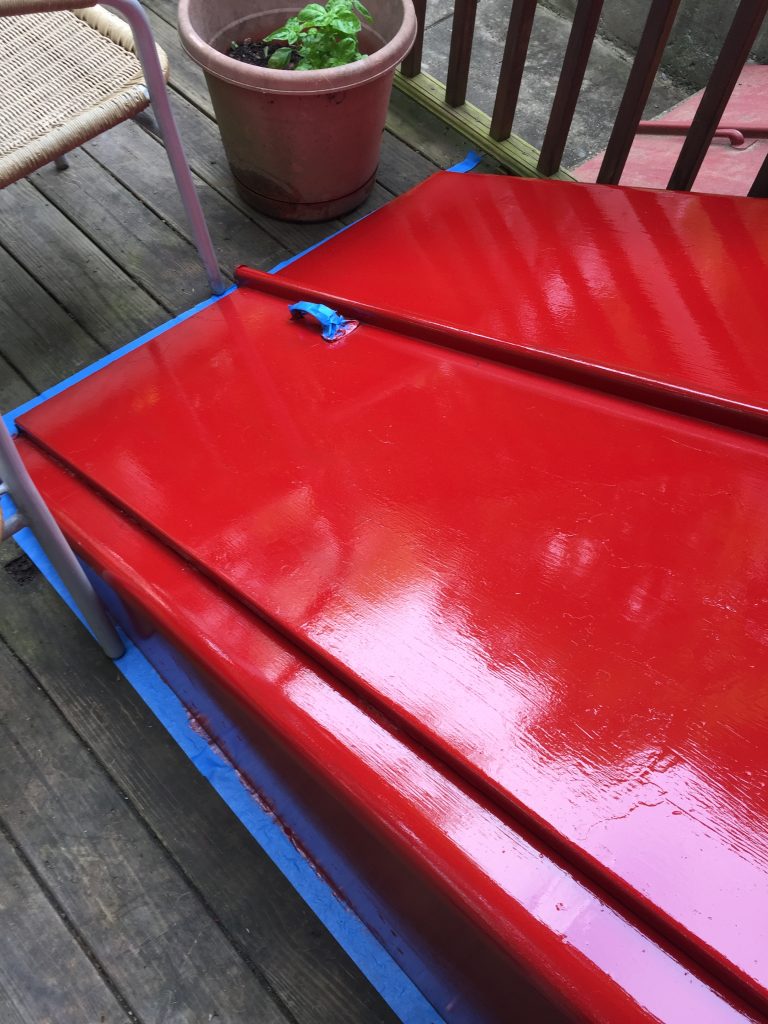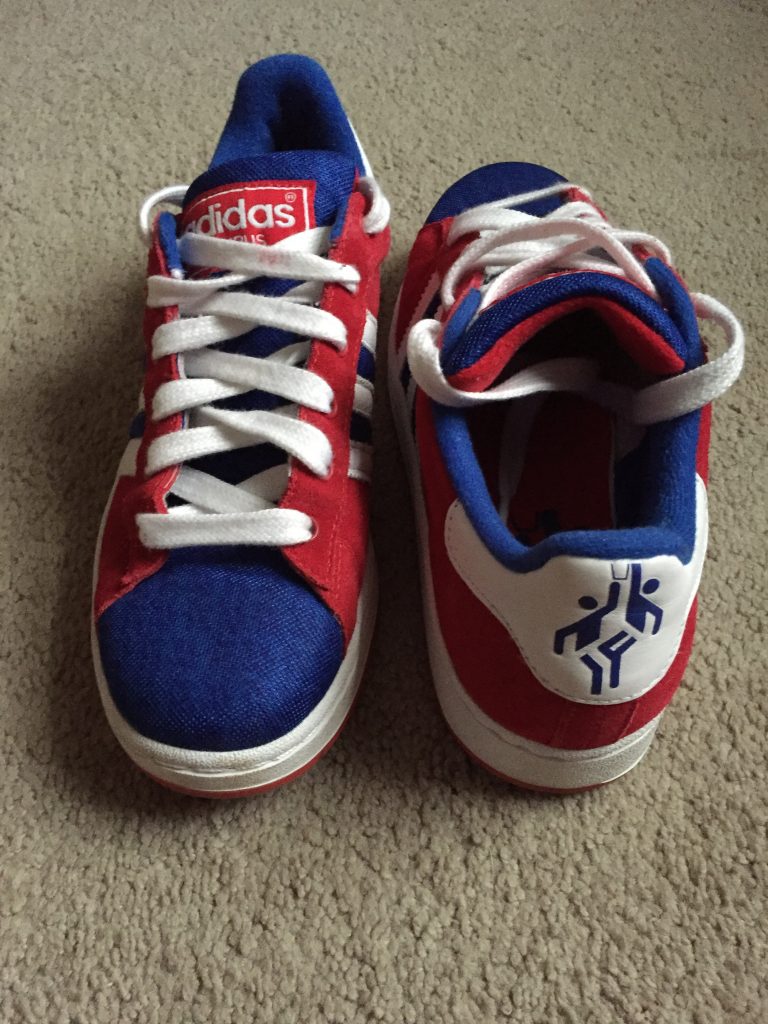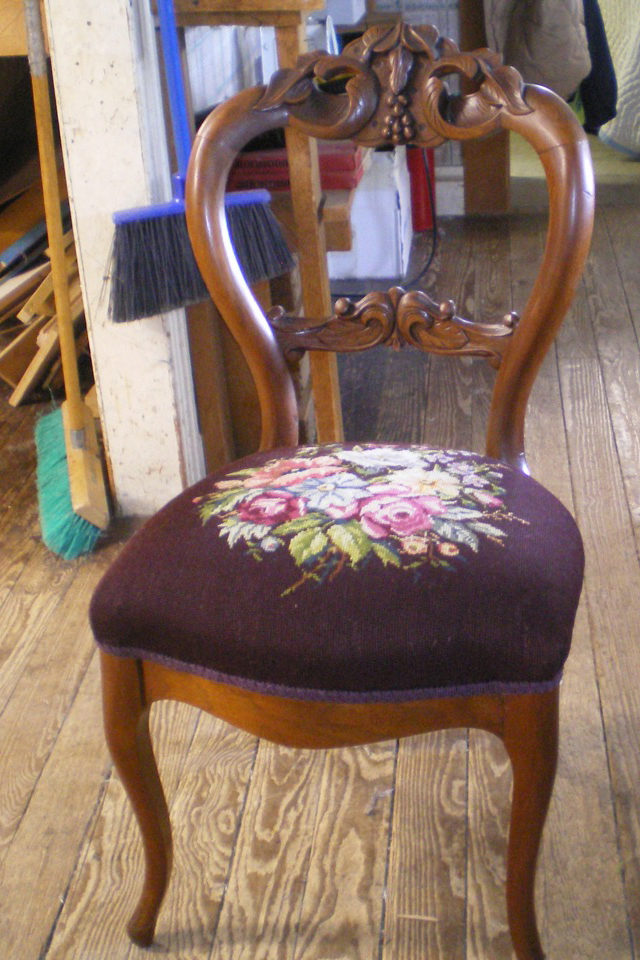Last winter, I instituted a room by room cleaning project. I emptied closets and cupboards. Nothing was untouched. Nothing uncleaned. I got rid of boxes of stuff.
In Brad Warner’s fantastic book, Sit Down and Shut Up, he writes this about things:
Every object you acquire comes with a certain degree of responsibility for that object. Most of us don’t realize this, which is why we treat the stuff we own so incredibly badly. You need to take care of these things. When you don’t, you cause yourself and others a heap of trouble.
The only way to really be happy is when you desire as little as possible.
I keenly felt the burden of things during my clean out, but since then, I’ve continued to acquire. I was unable to give it up then, but I’m coming around. I just bought a new computer and deliberately let go of some files. I purchased Spotify and stopped buying music. I’m thinking of dissolving my CD collection.
Technology helps as certain technologies go away like VCRs and DVD players, those relics left behind lose their meaning. Streaming services mean you no longer have to own your movies or your music and thus the burden of caring for it.
It’s sometimes noted with a sneer by older generations that millennials don’t want to own things like cars. I think owning things comes with a certain complexity that this generation has decided to avoid. I think we need to, perhaps, applaud that thinking and re-examine our own.
